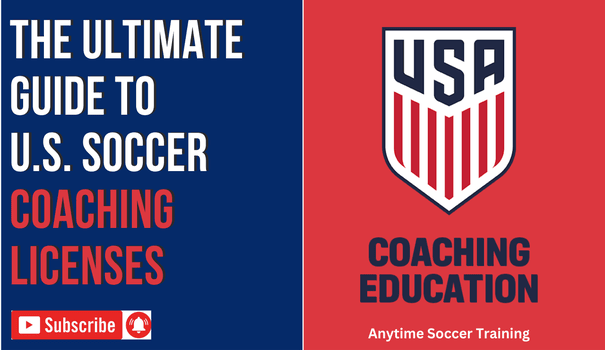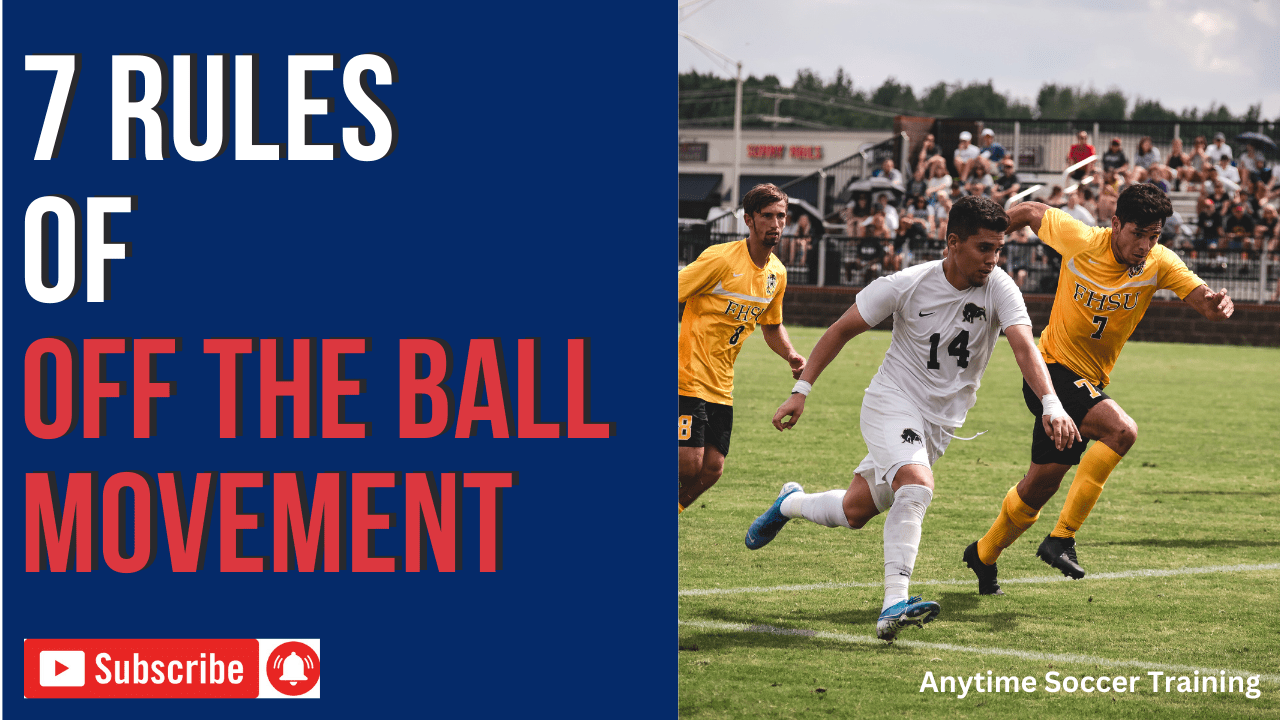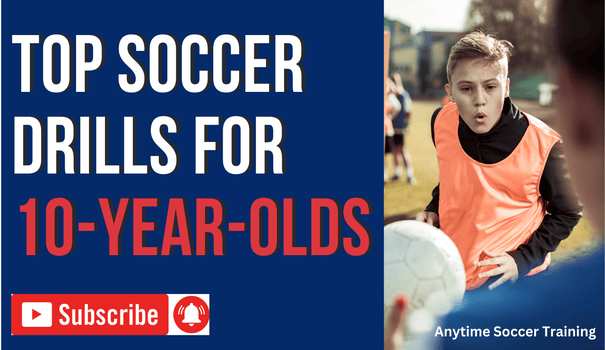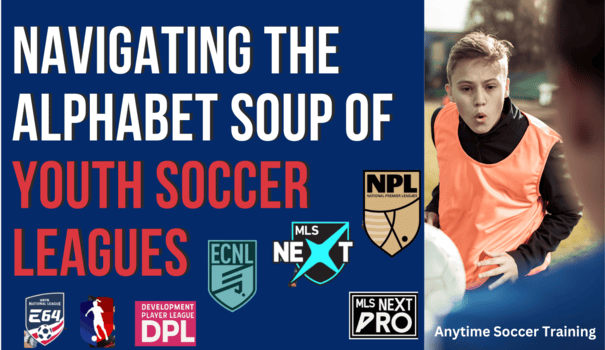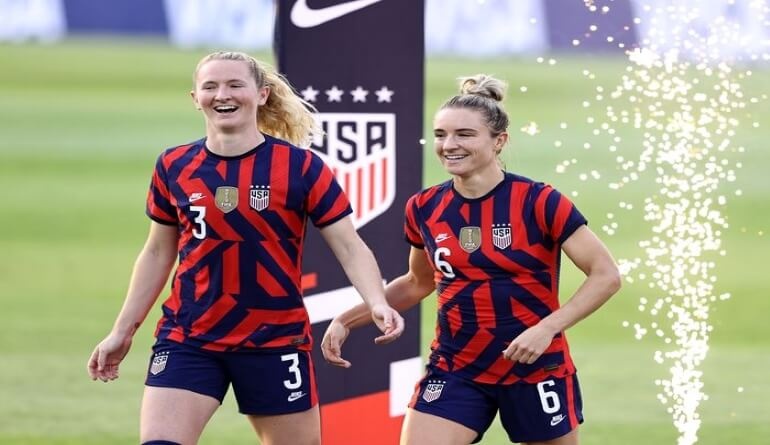
How Bob and Melissa Mewis guided daughters Kristie and Samantha to the U.S. women’s soccer team, the gold-medal favorite in the Tokyo Olympics
This story was originally published in the Wall Street Journal. As the parent of a competitive soccer player, three things really caught my eye,
- The odds – Like many of the roughly 7 million American girls playing soccer at the time, the Mewises dreamed of playing for the U.S. team. Each had a 0.00031% chance of making the Tokyo Olympics roster.
- The cost – The Mewises spent between $10,000-$12,000 a year on the girls’ soccer starting in their mid-teens.
- The parent-trainer – Bob played soccer at Fitchburg (Mass.) State University and coached his daughters in youth soccer through their early teens.
While not explicitly called out. I am sure the dad played a major role in their skill development. Read the article and let me know what you think.
Bob and Melissa Mewis can still picture the scene in their Hanson, Mass., living room on July 10, 1999. They and their daughters—8-year-old Kristie and 6-year-old Samantha—were glued to the TV as the U.S. women’s soccer team outlasted China on penalty kicks to win the World Cup.
“The couch we had at the time was a fold-out,” Bob Mewis recalled. “So everybody was sitting on that fold-out couch, watching the game, and the girls were very excited.”
Like many of the roughly 7 million American girls playing soccer at the time, the Mewises dreamed of playing for the U.S. team. Each had a 0.00031% chance of making the Tokyo Olympics roster.
They both made it. Kristie, now 30 years old, and Samantha, 28, are the first sisters to play together for the U.S. women’s soccer team in a world championship at any level. Even with the recent expansion of the U.S. squad to 22 from 18 under pandemic rules, Team USA is 9% Mewis.
How often do you train with a size one ball?
Bob and Melissa Mewis spoke to The Wall Street Journal about how they navigated their daughters through the wilds of club soccer, sibling rivalry, and adolescence to help them make the best team in the world.
Make Sure Players Understand Their Commitment
The Mewises are wired for sports. Bob played soccer at Fitchburg (Mass.) State University and coached his daughters in youth soccer through their early teens. Melissa played basketball at Northeastern University and ran the 400 meters for the track team. Kristie and Sam both played basketball and ran track at Whitman-Hanson High School in addition to starring on the soccer team.
One sport stood out. The U.S. Soccer Federation began inviting Kristie and Sam to selective training camps when each was 13 or 14 years old, sending letters for the girls to show their school principal so they could be excused from a week of school. Teachers required them to complete all the work they missed. “They even had to make up phys-ed class,” Bob recalled with amusement.
“Every time we got a letter, we would show it to the girls and say, ‘Are you sure you want to go to this?’” Melissa recalled. “Even when we knew their goals, even when they were so happy playing all the time. It’s just something that Bob and I decided to do early on, so that every single time they went, they were taking responsibility and commitment to say they wanted to do it. They never said no.”
Seek a Balance
Although soccer was a primary focus of the girls’ childhoods, Melissa and Bob encouraged them to have lives outside of it. They took family trips to Maine, leaving soccer balls behind, and more distant jaunts, such as a trip to the Caribbean in the heat of the summer because that’s when they could get free.
The parents took the girls to roller-skating outings with classmates when they were young, and nervously let them go to the beach at night with friends when they were teens.
“You find yourself tempted to widen your boundaries as a parent in disciplining because you don’t want them to become resentful to you or to soccer, and then they blame that, and then they want to quit,” Melissa said. “I was constantly battling with, OK, how far can I stretch this but still be within reason? So my advice is: Don’t stretch too far.”
Invest and Sacrifice
The high price of playing on competitive squads is the chief criticism of youth soccer in the U.S., with costs including club and tournament fees and increasingly distant travel. The Mewises spent between $10,000-$12,000 a year on the girls’ soccer starting in their mid-teens.
To afford that investment, Bob supplemented the income from his full-time work for a firm that estimated costs for construction projects. He took on weekend jobs building, roofing or framing houses, joining his athletic daughters in soreness and fatigue.
Melissa, meanwhile, did office work and other part-time jobs but purposely kept her weekends free.
“I was just much happier working when they were at school,” she said. “Then I was able to drive them anywhere, go to tournaments and never miss a Saturday game. And I have no regrets.”
Outlast Sibling Rivalry
Like a typical younger sister, Sam wanted to be like Kristie, Melissa recalled. Kristie was territorial.
“They would play in the backyard, and Kristie would never, ever, ever give her any type of praise,” Melissa said. “And I was saying to Bob a lot, ‘What are we doing wrong? They’re never going to be friends.’ And I just think it’s because they both wanted the same thing.”
Looking back now, Melissa said, “Sam would be the first to tell you that she would not be the player that she is without her sister. Her sister drove her every day indirectly to be a better player.”
When the girls were younger, Kristie was a coveted left-footed forward and Sam was a midfielder growing to 6 feet tall who liked to head the ball. The parents used their different attributes to avoid answering the inevitable questions about who was the better player.
After high school, Kristie went to Boston College and Sam to UCLA. Kristie was called up to the U.S. women’s senior team in 2013, a year ahead of Sam. Sam became a mainstay while Kristie struggled to find a consistent position, playing everywhere from forward to defense, and suffered injuries. When Sam was named to the 2019 roster that went on to win the World Cup, Kristie was coming back from knee surgery.
“She was so supportive of her sister,” Bob said. “This is when kind of the youthful sibling rivalry had worn off, and they really became very, very close.”
Try one of the over 150 1,000 Touch Ball Mastery Sessions
Kristie plays professionally for the National Women’s Soccer League’s Houston Dash. Sam plays for the North Carolina Courage. They’re both midfielders. In Team USA’s July 1 friendly against Mexico, Kristie passed to Sam for the first sister assist-goal combination in U.S. women’s team history.
On the day in mid-June that U.S. Soccer was set to tell players whether they had made the Olympic roster, Melissa was pulling on her sneakers to take a walk and burn off some nervous energy. Her phone sprang to life. She saw that a FaceTime call was coming in from both Sam and Kristie. At that moment, she knew exactly what they would say.




